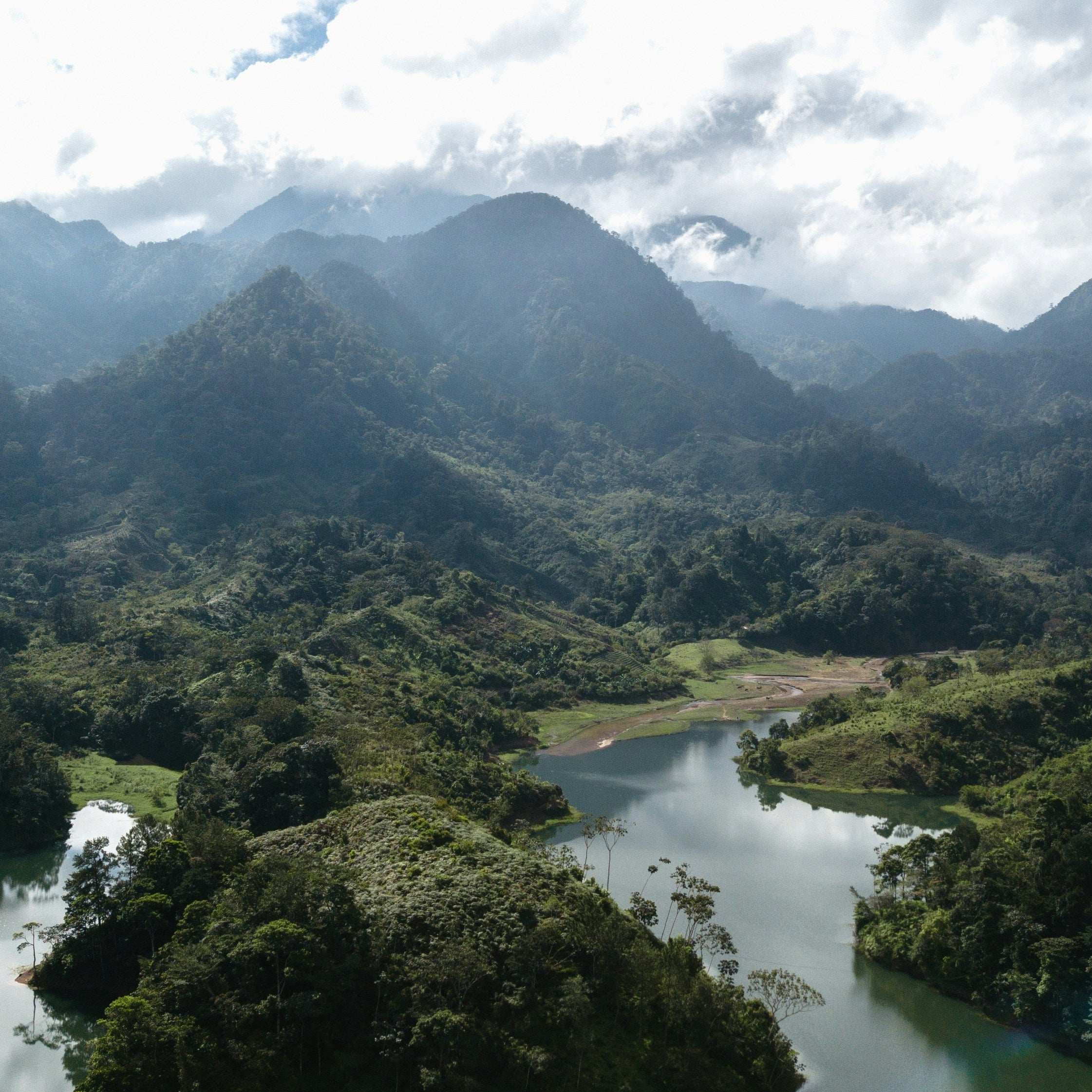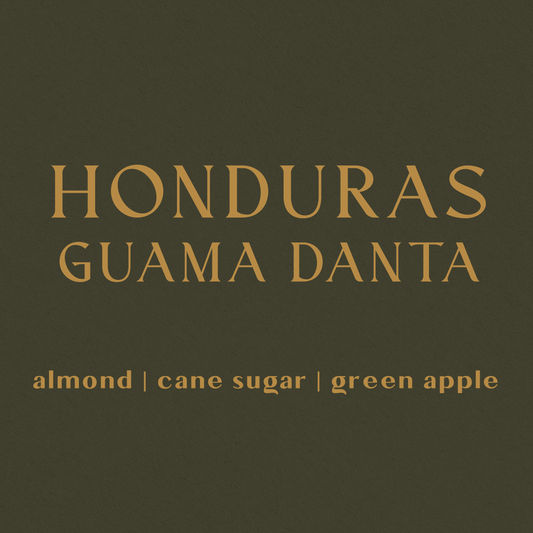
Honduras
Coffee Production in Honduras
1. Historical Background
Coffee was introduced to Honduras in the late 18th and early 19th centuries, though it remained a minor crop for decades due to poor infrastructure, limited market access, and political instability. In the early 20th century, smallholder farmers began cultivating coffee more widely across the country's mountainous terrain, recognizing the fertile volcanic soil and high altitudes as ideal for arabica coffee. However, it wasn’t until the late 20th century that Honduras emerged as a serious player in global coffee markets. A key turning point came in the early 2000s, when national efforts—spearheaded by organizations such as IHCAFE (Instituto Hondureño del Café)—focused on improving coffee quality, farm infrastructure, and export traceability. These developments set the stage for Honduras’ rapid rise in specialty coffee production.
2. Growth and Regional Development
Honduras is now the largest coffee producer in Central America, the third largest in Latin America, and consistently among the top ten producers globally. The country’s coffee is grown almost entirely by smallholders, with over 100,000 farming families involved in the sector. Key producing regions include Copán, Ocotepeque, Lempira, Intibucá, La Paz, Comayagua, El Paraíso, and Santa Bárbara, each with unique microclimates and elevations ranging from 1,000 to 2,000 meters above sea level. The diversity of terrain and climate conditions across these regions allows for a wide spectrum of cup profiles, from chocolatey and nutty to fruity and floral.
In recent decades, many cooperatives and producer associations have been formed to support smallholder farmers, improving access to credit, training, certifications (such as Fair Trade, Rainforest Alliance, and Organic), and specialty markets. Santa Bárbara, in particular, has become internationally recognized for award-winning microlots and experimental processing.
3. Present-Day Production and Export Trends
As of the 2023–2024 crop year, Honduras produced an estimated 6.5 million 60-kilogram bags of green coffee. Roughly 95% of the country’s coffee is exported, with major buyers including the United States, Germany, Belgium, and Italy. The vast majority of coffee grown in Honduras is 100% arabica, and the most common varietals include Catuaí, Caturra, Bourbon, Typica, Pacas, Lempira, and newer rust-resistant hybrids.
Honduras has also made significant strides in the specialty coffee sector. More than half of its exported coffee is now classified as specialty-grade, and the country frequently places in the top ranks of international competitions such as the Cup of Excellence. Post-harvest innovations such as honey, natural, anaerobic, and carbonic maceration processing are increasingly common among producers seeking to differentiate their lots and add value.
4. Market Dynamics and Trade Challenges
Despite its growth, Honduras faces a number of challenges in sustaining its coffee sector. Climate change, particularly unpredictable rainfall and rising temperatures, threatens production stability and quality. Coffee leaf rust (roya) remains a persistent concern, although widespread planting of resistant varietals has helped mitigate its impact.
Another concern is compliance with evolving trade regulations, especially the European Union's new deforestation-free import requirements, which may impact over 50% of Honduras’ coffee exports. Labor availability is also an issue, especially during peak harvest seasons.
Nonetheless, Honduras benefits from a strong institutional framework. IHCAFE plays a central role in research, farmer support, and promotion of Honduran coffee abroad. Investment in infrastructure, such as improved roadways and wet mills, has also facilitated better quality control and traceability.
5. Outlook
Honduras is well-positioned to continue strengthening its reputation in the global specialty coffee industry. The country’s focus on smallholder empowerment, quality innovation, and regional differentiation has already yielded measurable gains. Younger generations are increasingly engaged in farming and entrepreneurship, a promising trend in contrast to aging farmer populations seen elsewhere.
The long-term success of Honduran coffee will depend on continued adaptation to climate stress, investment in farm-level sustainability, and maintenance of strong export relationships. With its diversity of regions, processing methods, and flavor profiles, Honduras remains one of the most dynamic and promising origins in Latin America for specialty coffee.
Shop Coffees from Honduras
-
Honduras Reserva Guama Danta - Organic
Regular price From $20.00 USDRegular priceUnit price / per

